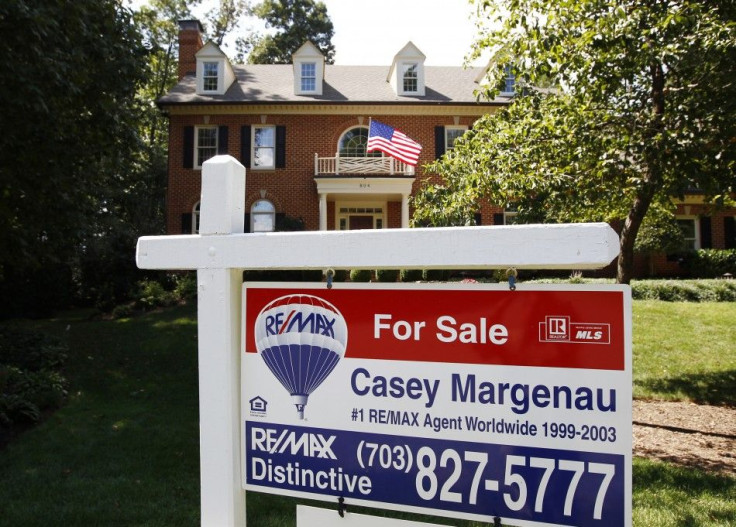US Existing Home Sales Fall In June: 4 Important Trends

U.S. existing home sales unexpectedly fell in June, according to the National Association of Realtors, raising fresh doubts about the housing recovery. Resales make up the significant majority of the housing market, compared to new homes, and represent the largest single purchase for most Americans, making the sector a major factor for consumer spending and growth in gross domestic product.
Fewer Sales, But Seasonally Adjusted
June had an annual rate of 4.37 million units sold -- meaning 4.37 million homes were sold in the previous 12-month period -- significantly below a Reuters forecast of 4.63 million units. The pace was below May's upwardly revised figure of 4.62 million and above the 4.18 million unit pace in June 2011. However, the data is seasonally adjusted, meaning that summer months are expected to be more active than winter months, which may skew data.
A decline in sales has negative effects that ripple throughout the economy: If homes languish on the market for long periods of time, prospective sellers may be less willing to list their properties. Fewer sales also mean tougher jobs for real estate brokers, title insurance companies and mortgage bankers.
Lower Inventory, But Reluctant Sellers
Lower home sales are directly tied to less inventory. A total of 2.39 million existing homes were on the market at the end of June, a 3.2 percent decline compared to May. At the current sales pace, there is a 6.6 month supply of homes on the market, up from 6.4 months in May and far below the 9.1-month supply in June 2011.
A six-month supply is considered relatively healthy, but the figure may be deceptive. Generally, low supply is thought to mean a market with high demand. But low supply in housing may actually represent a depressed market that is not attractive for potential sellers to list their property. This, in turn, gives buyers fewer options and creates negative conditions for both buyers and sellers.
Rising Prices, Fewer Distressed Sales
The most positive change in the June report was an increase in prices, with the median price increasing on an annual basis of 7.9 percent to $189,400. It was the strongest gain since February 2006. Higher prices are generally a good thing for the housing market, because it encourages more people to consider buying, with the expectation that they are making a positive investment.
But again, the change comes with a caveat: Home prices are not necessarily increasing in a typical local market. Rather, the share of distressed sales -- either foreclosures or short sales by banks -- has decreased to 25 percent of the market, down from 30 percent in the prior year. Those distressed sales are, on average, around 16 percent cheaper than market-rate transactions, so the overall price increase is partially tied to a change in the types of properties that are being sold. Fewer distressed sales are another positive change for the housing market, but there are still foreclosures that have yet to be processed, thanks to the delays tied to robosigning.
Geographic Disparity: A Tale of Two Markets
The existing home sales report further breaks down pricing by region, which reveals major differences around the country. The Northeast had an 11.5 percent monthly drop in sales to a pace of 540,000, and its median price fell by 1.8 percent, although it remained the most expensive region at $253,700 median price. The Midwest had 1.9 percent fewer sales compared to the prior month, but pricing rose 8.4 percent on an annual basis to $157,600. The South saw a sales decline of 4.4 percent, but pricing rose 6.6 percent to $165,000. In the West, the number of sales fell 6.9 percent, but median price surged 13.3 percent to $233,300, compared to the prior year.
These numbers clearly show a mixed market. But brokers and developers have said consistently that prime cities like New York, Washington, D.C., San Francisco and Boston have demonstrated strong demand and rising prices. Meanwhile, the bulk of the country's single-family properties in the middle of the country have languished, particularly in areas of weak employment. This bifurcation between high-demand cities and weaker regions is expected to continue; any housing recovery will likely be uneven at best.
© Copyright IBTimes 2024. All rights reserved.





















